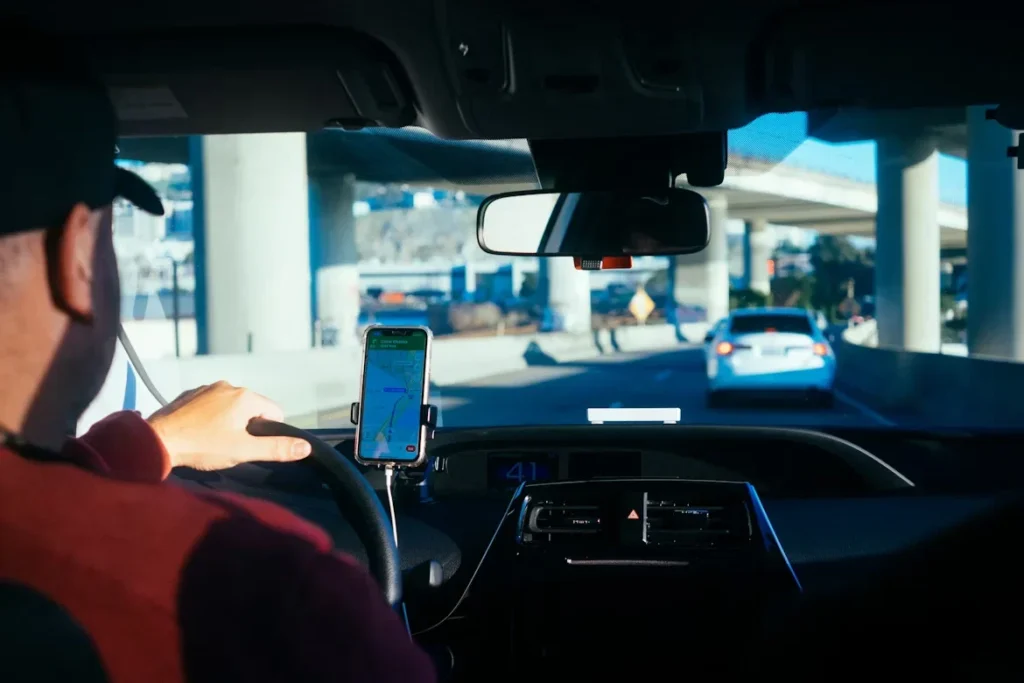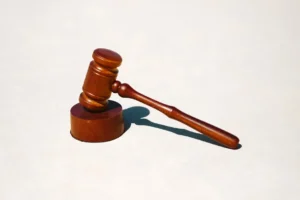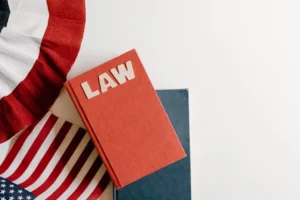Disclaimer: This article is for informational purposes only. It does not constitute legal advice. Readers affected by similar issues should seek guidance from a qualified attorney.
Uber transformed urban transportation, promising convenience and safety through a simple app. But beneath this innovation lies a troubling history of sexual misconduct allegations. Over six years, more than 400,000 Uber trips in the U.S. ended with reports of sexual assault or misconduct. These staggering numbers have sparked thousands of lawsuits, challenging Uber’s approach to safety, liability, and corporate accountability.
The story isn’t just about statistics. It’s about the human cost of negligence, the limits of corporate responsibility, and the legal precedents shaping the gig economy. As Uber continues to contest claims and protect its image, the litigation keeps unfolding. It offers a sobering look at the legal and ethical responsibilities of tech companies in the modern age.
The Scale of the Allegations
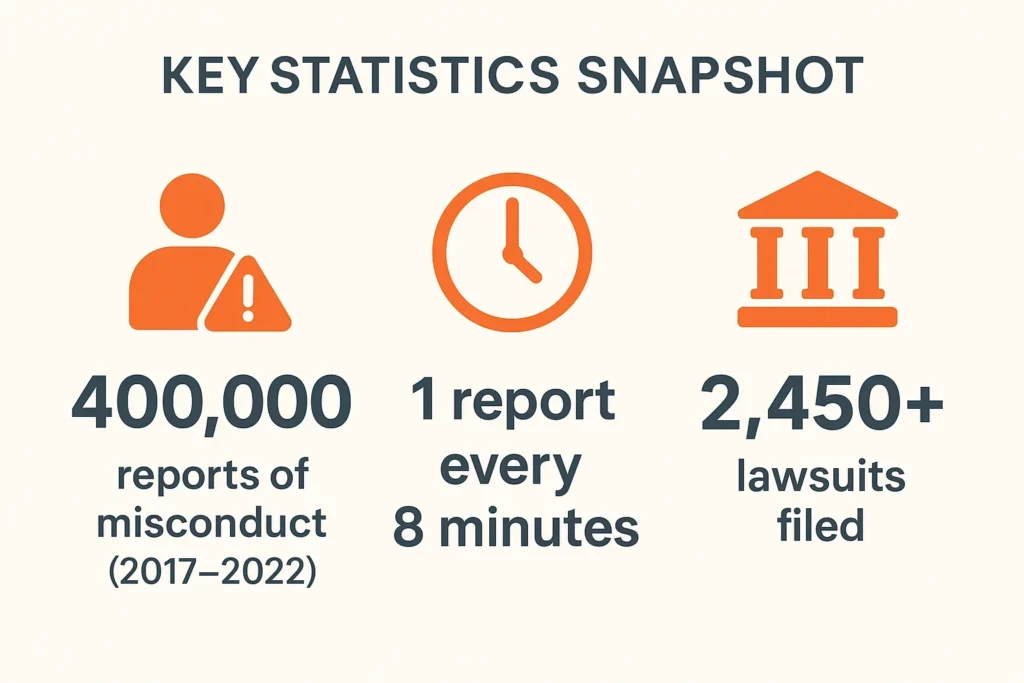
The numbers alone are staggering. Over five years, Uber received sexual misconduct reports at a rate of roughly one every eight minutes, KTLA reports. The company has long marketed itself as one of the safest transportation options, highlighting that 99.9% of trips occur without incident. But recently unsealed court records tell a very different story.
They reveal that between 2017 and 2022, Uber logged more than 400,000 reports of sexual violence or misconduct. By contrast, Uber’s published safety reports only disclosed 12,522 accounts of serious sexual violence for that same period. They left out the broader spectrum of incidents.
Court filings also suggest the number of complaints has continued to rise since 2022. These revelations add weight to the more than 2,450 lawsuits already filed. Many argue that Uber’s failure to strengthen safety features or screening directly contributed to preventable assaults.
If you’ve also been a victim, you don’t have to face it alone. There is an option to file an Uber sexual assault lawsuit with TruLaw. Their attorneys will listen to your story and guide you through the steps to pursue justice.
Legal Strategies and Challenges
The litigation surrounding Uber is complex. Lawyers for the plaintiffs are requesting access to confidential documents from prior lawsuits. These include evidence from cases involving driver misconduct, wrongful death, and pay violations. Plaintiffs argue this information is critical for understanding whether Uber has consistently disclosed all relevant safety information.
Uber opposes these requests, claiming they circumvent standard discovery procedures and may include irrelevant or sensitive material. U.S. Magistrate Lisa Cisneros has allowed some sharing of previously guarded information, highlighting its relevance to ongoing litigation. Meanwhile, Uber is fighting attempts to consolidate these lawsuits into a multidistrict litigation (MDL), arguing that each case is too unique to combine.
In one significant ruling, U.S. District Judge Charles Breyer dismissed key claims in over 2,300 lawsuits. These suits accused Uber of liability for assaults and harassment by drivers. He rejected fraud and product liability claims, noting that Uber’s safety-focused marketing did not constitute a guarantee of protection. However, some product liability claims, particularly those involving criticisms of app features, were allowed to proceed.
Human Impact: Behind the Numbers
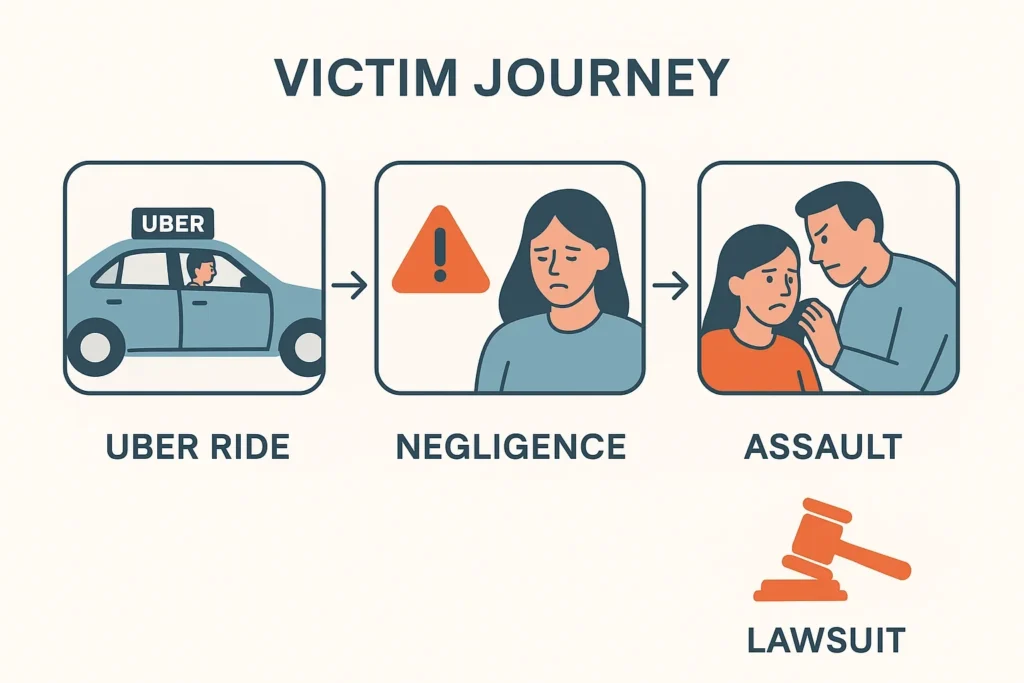
While legal arguments dominate the courtroom, the personal stories behind these cases reveal the real cost of Uber’s alleged failures. In California, one woman said she was abandoned eight miles from her destination after vomiting in an Uber. Without a phone or a safe way home, she was later attacked. The ordeal shows how quickly a lapse in safety can escalate into tragedy.
Another chilling case surfaced in Opelika, Alabama, where a driver’s dashcam allegedly captured the sexual misconduct of an unconscious passenger inside his vehicle. Incidents like this demonstrate not just isolated misconduct but systemic risks that passengers face when adequate safeguards aren’t in place.
For victims, these are not abstract legal battles but deeply traumatic experiences. Their stories underscore the urgent need for corporate accountability, stronger protections, and a system that prioritizes passenger safety over profit or legal maneuvering.
Corporate Responsibility and Public Perception
Uber’s response has focused on limiting liability. The company maintains that it cannot be held responsible for criminal actions taken by independent drivers. It highlights its background checks, safety disclosures, and insurance coverage as evidence of reasonable precautions.
However, the frequency and severity of incidents raise serious questions. Legal strategies that challenge evidence or prevent case consolidation may further damage Uber’s reputation. Public perception is increasingly tied not just to the technology itself, but to how the company protects its users.
In an age where consumers demand transparency and safety, corporate responsibility extends beyond disclaimers in the fine print.
Broader Implications for the Gig Economy
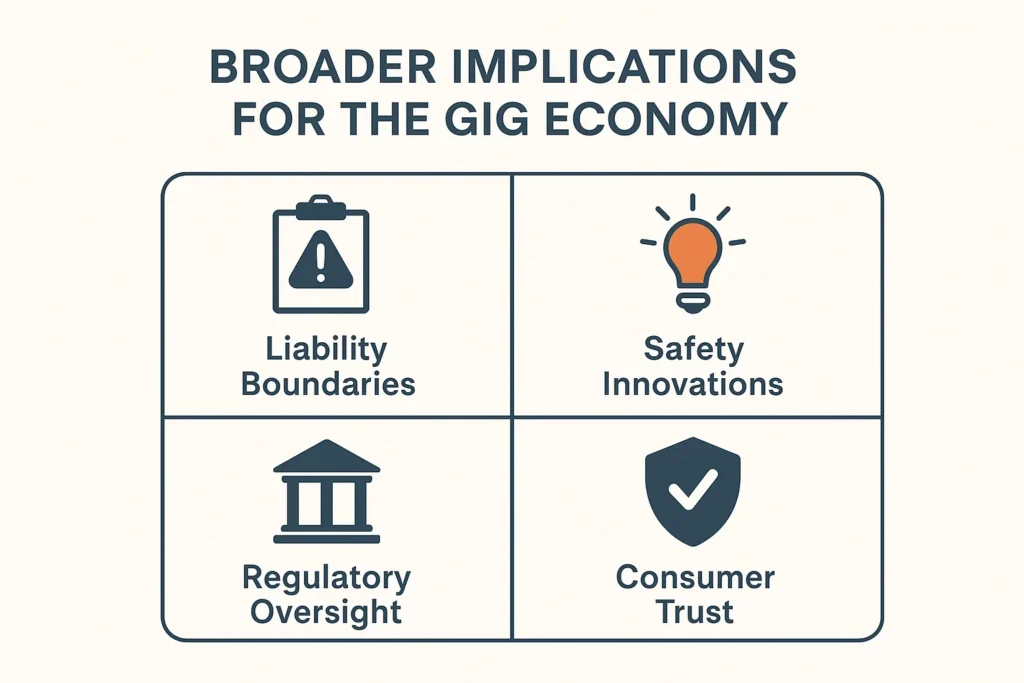
The outcome of these lawsuits could set lasting precedents for ride-sharing platforms and the broader gig economy. Key issues include:
- Liability Boundaries: How far should companies like Uber be responsible for the actions of contractors using their platforms?
- Safety Innovations: Are existing measures like driver vetting, in-app safety tools, and emergency protocols sufficient to prevent harm?
- Regulatory Oversight: Should governments introduce stricter regulations for gig-economy companies for passenger safety?
These cases may influence how tech companies manage risk, protect users, and communicate safety standards in the future.
Looking Forward: Legal and Ethical Considerations
As litigation continues, several challenges remain:
- Victim Support: Beyond compensation, there is a need for policies that prevent assaults and provide real-time protection for passengers.
- Corporate Accountability: Companies must reconcile profitability with responsibility. The question isn’t just legal liability, but ethical stewardship of platforms that touch millions of lives.
- Policy Reform: Lawmakers may look to these cases as a catalyst for stronger regulations in the gig economy, setting new standards for safety, liability, and disclosure.
FAQs
How long do victims usually have to file an Uber sexual assault lawsuit?
Statutes of limitations vary by state, often ranging from one to several years. In some jurisdictions, deadlines are extended for survivors of sexual misconduct, especially if trauma delayed reporting. Consulting an attorney early helps protect your right to file.
Can survivors of Uber assaults seek compensation beyond damages for medical costs?
Yes. Survivors may also pursue damages for emotional trauma, lost wages, and reduced quality of life. Courts often weigh the long-term psychological impact of assaults, making compensation more comprehensive than just immediate medical expenses.
What evidence can strengthen a rideshare assault claim?
Evidence may include trip records, dashcam footage, medical reports, and witness statements. Even app data, such as GPS timestamps, can support claims. Preserving digital and physical evidence quickly makes it harder for companies to dispute accountability.
Overall, Uber’s sexual assault lawsuits illuminate the tension between innovation and accountability. The sheer volume of allegations, coupled with the legal complexities, reveals the challenges of regulating tech platforms that act as intermediaries. As courts sort out liability, the pressing priority is making rides safer for users.
These cases are more than legal battles; they’re a test of corporate ethics and responsibility. How Uber handles these challenges will shape the future of ride-sharing. It may also redefine how the broader gig economy approaches safety, trust, and accountability.






